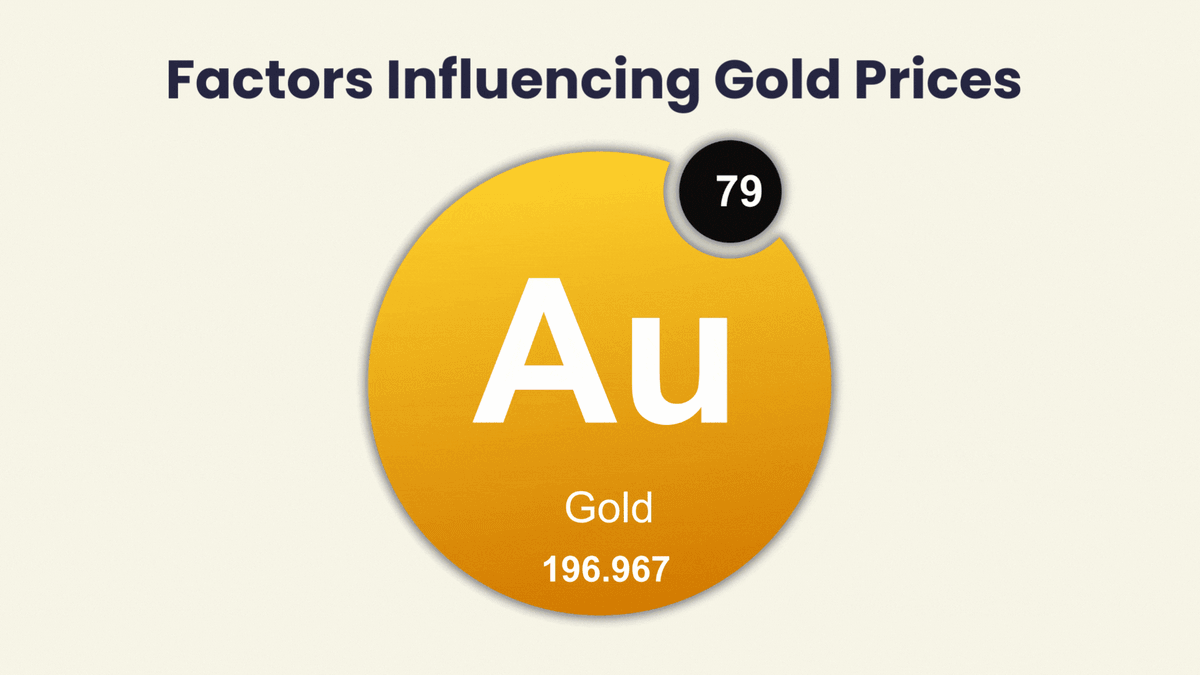Is It Too Late to Buy Gold? Why Investors Are Piling In
By Boring Money
17 Sep, 2025
Gold has been the big winner from the market turmoil unleashed by the new US administration. The gold price is up 44% over the past year[1], with a notable surge since the beginning of this year. It's so far lived up to its billing as a ‘safe haven’, but can its strength continue?

Why is gold performing so well?
Gold bullion vs S&P 500, 5-year performance
Source: FE FundInfo, correct as at September 2025.
Unpicking the reasons for movements in the gold price can be complicated. Gold is usually strong when investors are panicking about the prospects for financial markets. This has certainly been the driver for gold in recent months, with investors fearing a Trump-led economic downturn.
However, a range of other factors can weigh on the price of gold. For example, at different times, gold will have a relationship with the Dollar, interest rates, inflation, central bank buying, and even bitcoin. With the Dollar, for example, the price of gold has historically tended to rise as the Dollar has fallen - but the correlation is not perfect.
Equally, because gold does not produce an income, it tends to do badly when real interest rates are rising. Its relationship with inflation is complicated: research from the CFA Institute finds that gold has actually not been a great hedge against inflation[2], though it appears to have some value against inflation shocks.
More recently, the gold price has also been given a boost from central bank buying. This is where a country’s central bank (like the Bank of England, or Federal Reserve) buy gold as part of their financial reserves. Historically, central banks have bought a lot of US government bonds to store their wealth, but as geopolitical tensions have risen, central banks have chosen to buy gold instead.
Since Russia’s invasion of Ukraine, and the resulting sanctions on Russian assets, central bank buying has been more than double the average rate. China, Russia, India and Poland have all been major buyers of gold. Central banks have accumulated over 1,000 tonnes of gold in each of the last three years, significantly higher than the 400-500 tonnes average over the preceding decade[4]

The future for the gold price
These factors will all, to some extent, continue in the coming months, and will determine whether gold can continue its rally. The biggest friend to gold at the moment is the continued turmoil in the US and, in particular, the impact of the tariffs announced at the start of April.
We could be migrating closer to a bull scenario, with large upside risk to inflation, dollar depreciation and potential for bond yield compression (depending on the reaction function of the Fed).
We certainly think that speculative demand for gold should remain high with rising risks of recession and inflation. In this scenario, gold prices could reach $4,210/oz.
The most difficult scenario for gold would be one of renewed stability - where inflation fell, the Dollar stabilised and bond yields rose sharply. However, this scenario looks unlikely.
Very high sovereign debt and long-run untenable domestic deficits (in the US, in parts of Europe and in China) are a potent cocktail that history tells us usually ends in currency debasement, inflation and fiscal dominance. These trends already held the potential to create a situation where multiple pockets of global capital attempt to acquire gold, as a “safe” monetary metal, simultaneously.
As we have often repeated, the gold market is simply not large enough to absorb such a simultaneous global bid without much higher prices. President Trump is accelerating and super-charging the potential for that simultaneous global bid.
He adds that by changing the US dollar-centric global monetary regime that the global economy has lived under since the end of Bretton Woods in 1971, Trump is likely to weaken dollar assets:
It does not take a Nobel Prize in economics to work out that the current tariff-based assault on the global trading system might, in turn, lead to significant repatriation flows amid a questioning of just how “safe” dollar assets now are or how bright the relative US economic outlook is. With such a dearth of credible alternatives, expecting gold to be a major beneficiary of such a repatriation trend is common sense to us.
There have been persistent rumours that the current US administration may be planning a shadowy "Mar-A-Lago Accord" to force holders of US debt to accept reduced interest payments (a 'haircut') and weaken the dollar. This may sound far-fetched, but it wouldn't be unprecedented - in the 1985 "Plaza Accord," France, Japan, West Germany, and the UK jointly agreed with the US to devalue the dollar.
If this were to happen, Shah expects potential turbulence in the Treasury market and the US dollar to weaken further.
This cocktail of policies would be extremely bullish for gold. Gold, which currently competes with bonds but lacks yield, would benefit in a world where many bonds are refinanced to zero-coupon instruments.
Even if this doesn’t happen, tariffs still appear to be weakening the US economy and lifting inflation. Jobs data has been weakening and there are signs that companies are raising prices to mitigate the tariff impact. Threats on the independence of the Federal Reserve are also denting confidence in US assets and the country’s economic credibility.
And what about gold equities?
Until recently, gold equities have not kept pace with the astonishing rise in the gold price. In normal circumstances, gold equities would be expected to outpace the gold price. Miners most often gain momentum in bullish periods for monetary metals. Because they have fixed costs, a ramp-up in gold and silver prices tends to feed straight into the mining companies’ profitability and cash generation. Gold equities had underperformed for specific reasons. Inflation pushed up costs for mining companies, which dented profits. They've also been in the wrong part of the market - investors have been very focused on the US market and technology.
However, these factors have faded and there now appears to be real momentum in this part of the market. Gold equities (as measured by the MSCI ACWI Sel Gold Miners IMI index) are up 23% in the past month alone. Nevertheless, fund managers point out that they are throwing off a lot of cash, they are paying dividends, and are still undervalued versus history based on metrics such as price to cash flow.
There is always the risk that investors are buying at a time when gold has already risen a long way. Gold is a type of insurance, and insurance is always more expensive when you’ve just had an accident. However, there are reasons to believe that the gold price could still make progress, and gold miners in particular may still have a ‘catch-up’ trade.
---
[4] World Gold Council, June 2025
Post a comment:
This is an open discussion and does not represent the views of Boring Money. We want our communities to be welcoming and helpful. Spam, personal attacks and offensive language will not be tolerated. Posts may be deleted and repeat offenders blocked at our discretion.






